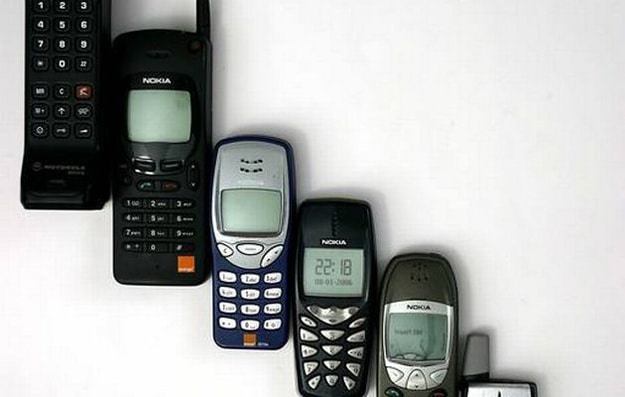The first mobile phone call was made on April 4th, 1973, which basically means mobile phones turn 40 years old this month. Motorola was the first company to make a call, followed by a string of others, most notably Nokia. Back then, the idea of a phone not tethered to a landline, regardless of its size and the hefty battery pack you had to carry around, was an amazing breakthrough in communications technology.
What about when the text message was first introduced to customers in the mid-90s? Astounding stuff! Of course, today these technologies are rather quaint by comparison to today’s multitude of apps on smartphones. Most communications are moving quickly to data transfer over the internet as opposed to traditional analogue and digital voice services. Very soon, we won’t be paying to access a carrier’s phone network. Our contracts (or pre-paid charges) will be based exclusively on web-based connectivity. We will still be making calls, sending messages and doing many other things, but the underlying technologies will be very different.
I can remember the first mobile phone I ever used. It was an analogue Nokia phone the size of a small brick. It had an extendable antenna, and came with a case that clipped to my belt. My next Nokia phone was only a third of that size and weight, which I thought was revolutionary in itself at the time, and it stayed with me for five years. Over the subsequent five years, I used two more Nokia phones that got progressively smaller and lighter, and were excellent phones. But in 2010, I made the big leap to the smartphone with the iPhone 4. Two years later, I moved to the iPhone 5. While these phones increased in size compared to my Nokia phones, and the battery life was reduced significantly, the massive increase in functionality more than offset these losses.
Smartphones are really small, portable computers that happen to have phone capabilities. As a result, they are being used more and more for non-phone related activities which more closely resemble regular computer use. This marks quite a change in emphasis from the first mobile phones of the 1970s which had only one function – to make calls. It’s a testament to the rapid advancement of technology that the mobile phone has changed so much since its inception that today’s phones barely resemble their forbearers. It’s hard to believe the mobile phone is 40 years old already!
The Mobile Phone Turns 40 Years Old This Month
Image Credits: [News.com.au] [Timeslive.co.za]

COMMENTS